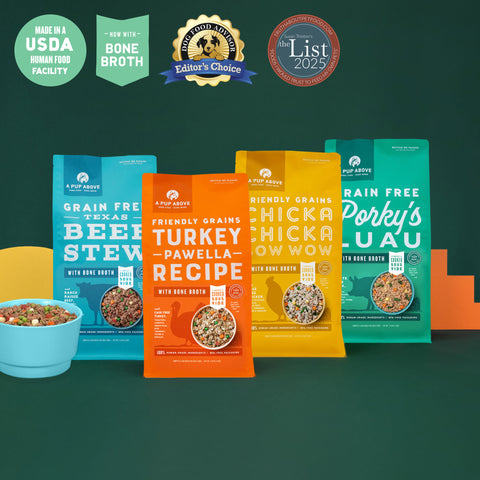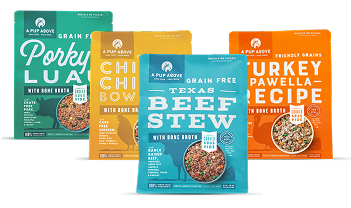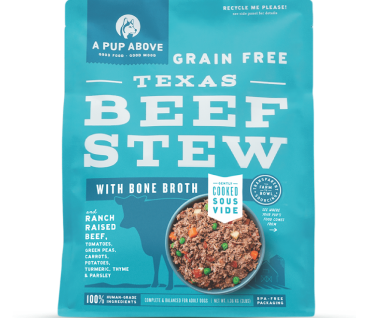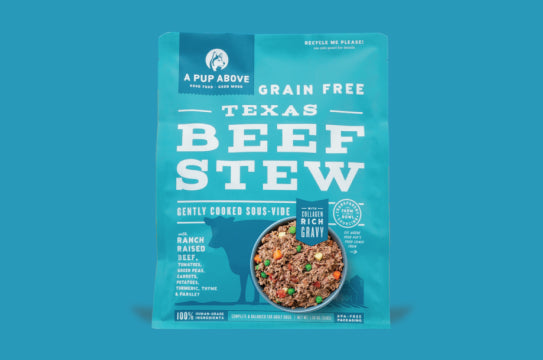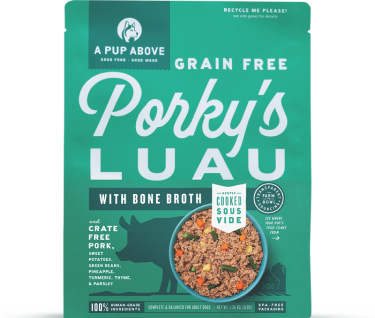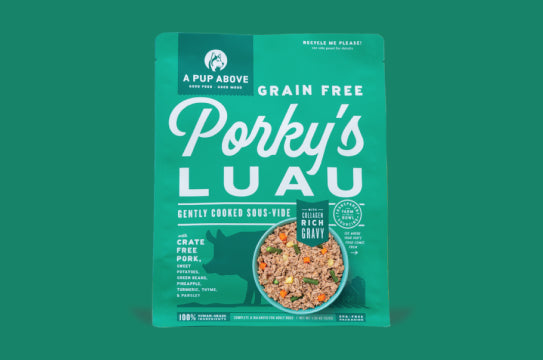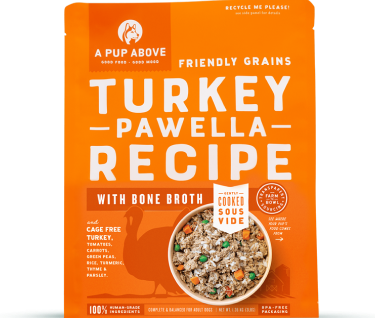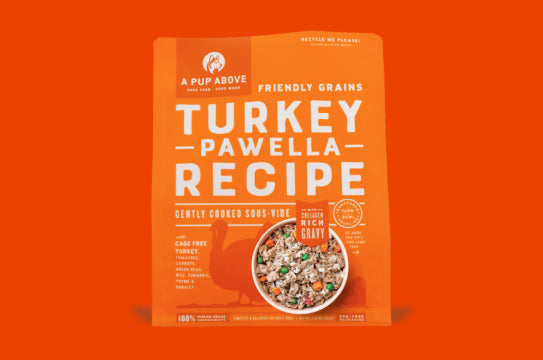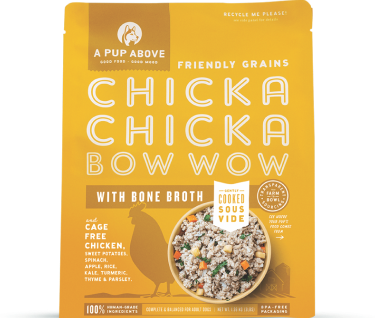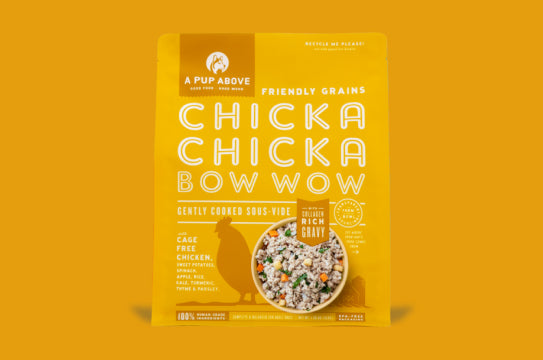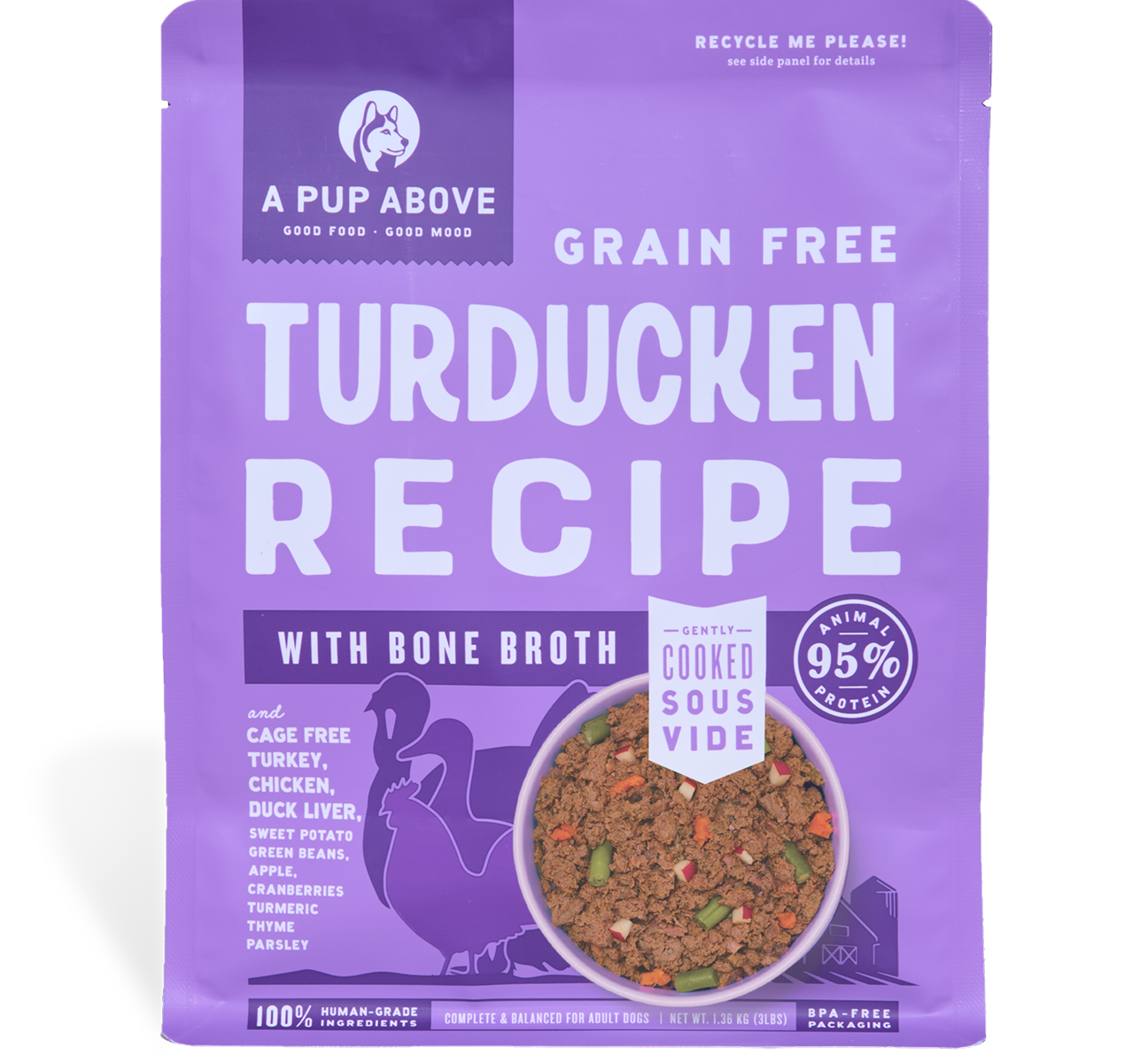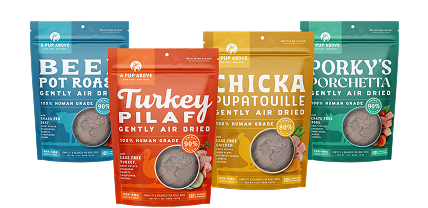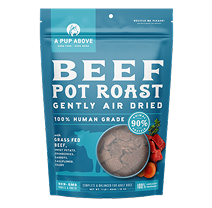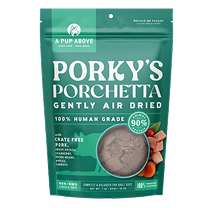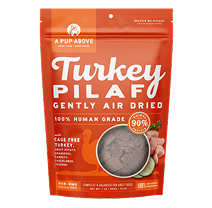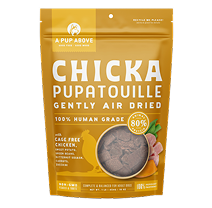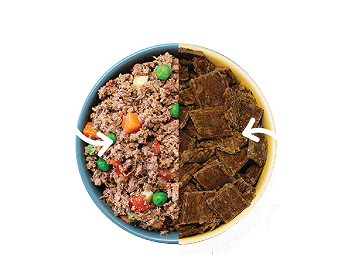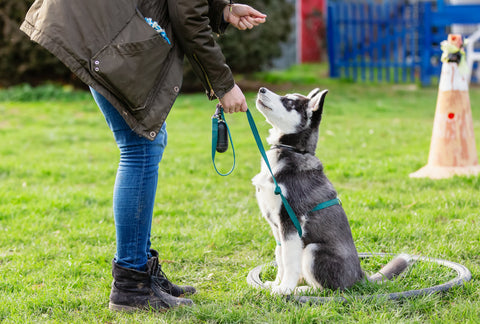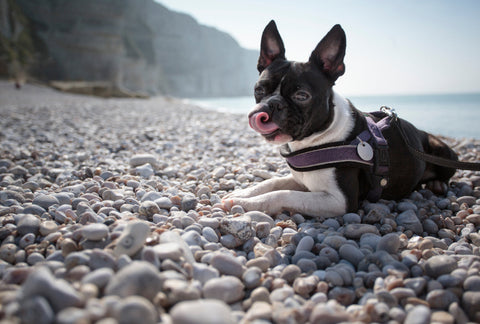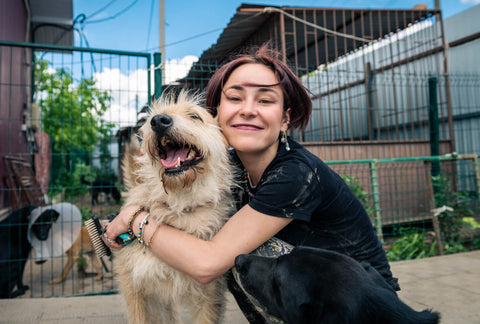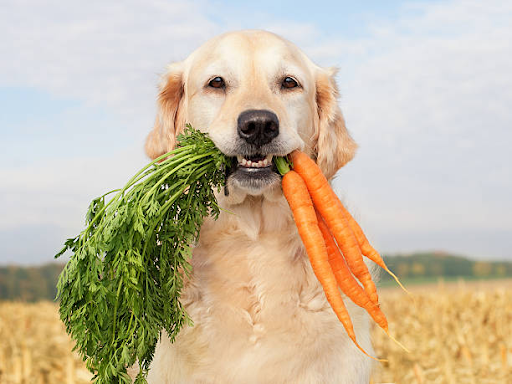
How to Get My Dog to Lose Weight? Here Are 5 Easy Steps
It feels great to reward your canine companion with lots of treats and big meals. But if you’ve got a portly pup, helping your dog lose weight is a better way to show your best friend some love. Being overweight poses severe risks to your dog’s health, including the following:
- Arthritis
- Type 2 diabetes
- Heart disease
- High blood pressure
Luckily, there’s wholesome, healthy food for dogs of every size and age. There are also feeding guidelines and other strategies to manage your dog’s weight that we’ll discuss here.
Step 1: Is my dog’s diet to blame?
Before you start putting your pup on the path to weight loss, you’ve got to make sure that your dog’s size is really because of their diet. Lots of factors can cause weight gain in dogs, and sometimes owners put their pets on a diet when the problem isn’t about diet at all. Be sure to consult a veterinarian before putting your dog on a diet. Some non-diet factors that cause weight gain are as follows:
- Hypothyroidism
- Cushing’s disease
- Slowed metabolism due to age
- Stressful home environment
Let’s say the vet tells you to go ahead with a diet. They’ll either prescribe a special diet food or recommend an off-the-shelf food brand. Diet brands are typically low in carbs and high in fiber and protein, but there are different formulas for the needs of different dogs.
Don’t switch to the new diet too fast—your dog has a sensitive stomach, and a quick change can upset it. Mix the new food in with the old for roughly a week, increasing the proportion of new food by a quarter every two days or so.
Step 2: How to put my dog on a diet
Every dog is unique. There are hundreds of dog breeds out there, all with individual tendencies and health problems, so your pet’s diet food should fit the needs of your dog.
A vet is the person to ask about the perfect diet for your pup. There’s a wide range of optimal weight loss diets for dogs depending on their ideal weight. Dogs with an ideal weight of 10 pounds only need 210 kilocalories per day, while dogs that are healthy at 50 pounds need 750 kilocalories daily. Dogs with an ideal weight of around 100 pounds, like Irish wolfhounds, can require as many as 1,430 kilocalories per day.
Diet isn’t all just calories in, calories out—it’s also about the kind of calories your dog is consuming. Your vet will recommend the diet dog food with the best combination of protein, carbohydrates, and fiber for your dog’s age, size, and weight.
Moisture-rich fresh food for dogs is one healthy option to consider for a diet change. The high moisture and protein content helps keep your pup fuller longer and more satiated. And while obesity is one of the risk factors for kidney disease in dogs, moisture-rich food also helps increase your dog’s water intake, promoting kidney function and urinary tract health and lowering their risk of developing kidney disease and UTIs.
As a precaution, consult your veterinarian before switching your dog to a new diet, especially if preexisiting health conditions are involved.
Step 3: Helping your dog lose weight with exercise
Dogs love a good romp outside, and you can help manage your pet’s weight by giving them something they love: playtime. When your dog comes up to you all doe-eyed begging for a treat, turn snacktime into playtime and distract them with a toy, a game of fetch, or a walk.
You can also take your dog on longer, more strenuous walks. People usually walk their dogs at a leisurely pace to let them take in interesting smells, go to the bathroom, and mark their territory. Try taking your dog on a brisk 30-minute walk after their usual walk—and no stopping to smell the roses.
Step 4: Losing weight with proper hydration
It’s just as easy for dogs to get their signals crossed between thirst and hunger as it is for humans. Your dog may be trying to relieve thirst by eating, which leads to weight gain. The best way to avoid this problem is to offer your dog ample fresh, clean water with each meal. You can also give your dog food filled with hydrating vegetables like carrots or other dog-friendly options, or mix some water into your dog’s food so they’re guaranteed to get their hydration in.
Fresh food like A Pup Above has a high moisture content compared to conventional dry dog foods. Human grade ingredients, such as beef, chicken, turkey, and pork, are cooked through a “sous vide” method—meat simmered in food-safe bags to lock in nutrients and create hydrating, collagen-rich gravy. For dogs that don’t drink enough water, feeding them moisture-rich fresh food is a good way to sneak in some hydration and aid in weight loss.
Step 5: Incorporating healthy treats into your dog’s new diet
Low-calorie treats can be just as enticing to your pup once they’ve gotten used to them. It’s quite common to train a dog with treats, and if you suddenly switch up the food that’s been motivating your dog to behave, there might be a tough learning curve.
But if you persist, eventually, your dog will respond well to healthier treats. You can wean your dog off the old treats and slowly get them accustomed to the new ones in the same way you introduce new food.
Final thoughts on getting my dog to lose weight
Let’s face it: a dog spends a lot of time thinking about food, and it might be difficult to get them to give up their treat-chomping ways. If you encounter resistance from your pet—and you probably will—such as refusal to eat, extended begging, or tantrum-throwing, patience and firmness are the best course of action.
If you have to discipline your dog, make sure you follow the guidelines here. Never touch your dog with the intent to physically harm them, only to send a clear, gentle, deliberate message. Remember, as much as you may want to slip your best friend a little something from the treat bag, the snack drawer, or even the dinner table, looking after your dog’s health is the most loving thing you can do for them.
Sources:
- https://www.companionanimalpsychology.com/2017/10/what-is-positive-punishment-in-dog.html
- https://vcahospitals.com/know-your-pet/creating-a-weight-reduction-plan-for-dogs
- https://www.smalldoorvet.com/learning-center/wellness/dog-on-diet
- https://www.rover.com/blog/help-your-dog-lose-weight/
- https://wagwalking.com/symptom/why-is-my-dog-gaining-weight
- https://www.dvm360.com/view/obesity-dogs-part-1-exploring-causes-and-consequences-canine-obesity
- https://pubmed.ncbi.nlm.nih.gov/16772464/
Top Stories
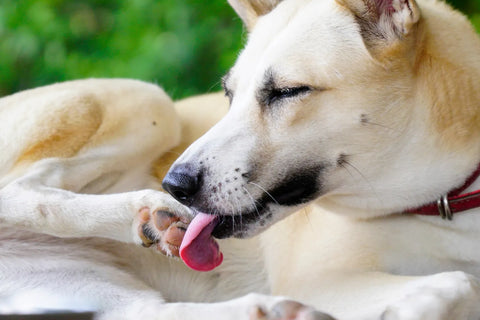
Why Do Dogs Lick Their Paws?

Why Do Dogs Whimper & Make Noises in Their Sleep?
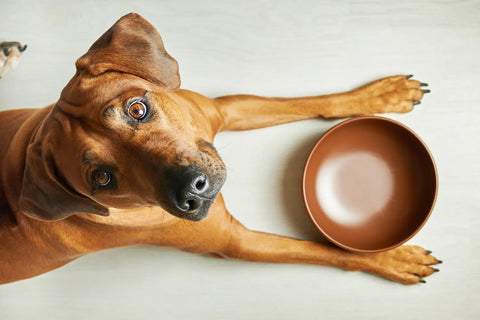
Healthy Vet-Approved Homemade Dog Food Recipes
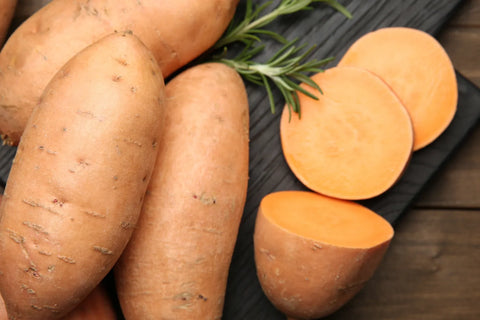
How To Cook Sweet Potatoes for Dogs
